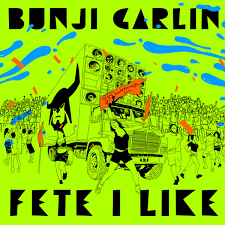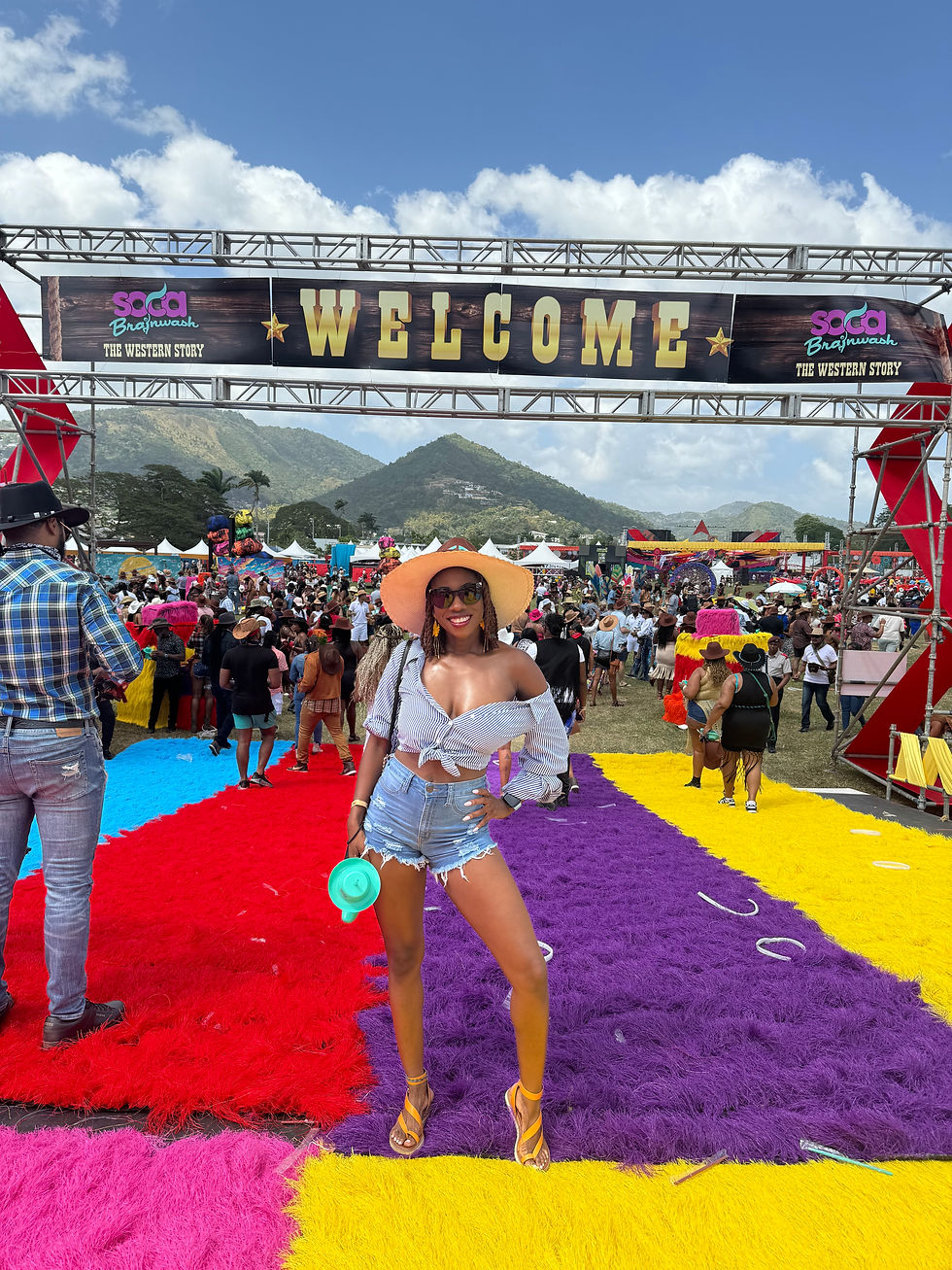Carnival & Culture - The Type of Fete I Like.
- dzifajob
- Feb 23
- 4 min read
Culture explains not only why our Carnival has turned into somewhat of a performative, elitist spectacle, but also why we make the decisions we make in relation to it. In recent weeks there has been an interesting conversation happening on my socials about just how much things have changed. The changes have always been there but In the wake of Bunji Garlin’s Hard Fete , which aimed to resuscitate the “feteing” he sang about in this years’s hit ‘Carry It,’ the differences have come into sharp focus.

Carry It is a witty, clever, social commentary that takes us back to a time when going to a fete was a means of release, not a carefully curated performance. A time when not only did the ground carry it, but people from all levels of society mixed together. Where “badmen” took breaks to give people in their communities ‘ah chance’ to free themselves. A time where it didn’t matter where you were from, the fete itself was a safe space.
When Bunji sings:
“Them time the lords of the ghetto did say make sure nothing else echo but sound,
Big CEO and management team used to leave work to make sure that they touch ground,” my pores raise.
Those lyrics, like much of the song is an accurate, artful description of the spirit of Carnival I remember when I was growing up in Arima.
I too remember when parties were sweaty; when there was no warm up required and you started to fete from the time you reached the gate. When you might reach with two earrings but only leave with one. This is in stark contrast to Carnival parties today, where women can check their high heels, and makeup stations exist to ensure that the ‘beat face’ you spent hundreds on, literally lasts all night.

In response to the question “Need a case study on why Hard Fete was out of this world and when/why our fete culture got so dry and stush,” several persons were quick to point out that the rise of social media and camera phones had key roles to play. Personally, my interest peaked when one Twitter (X) user took it even further back saying, “It started with committees like Island People throwing brown fetes which was a move towards having safe spaces for the bourgeoise and upwardly mobile.”
Another user reminded him that it had started even before that - "When Nuts,” in reference to Club Coconuts a popular night club “had different nights for different people.” Like those users I am old enough to remember when ‘golliwog’ nights were an actual thing. Those nights likely still exist, just under a more socially acceptable name and in a form that reflects how we live and party today.
We exist in a culture that anthropologists would define as high context. By definition high context cultures exhibit less direct verbal and nonverbal communication, relying instead on small gestures and reading meaning into messages that are by design unclear. We are a people that speak in parables, where words can mean vastly different things based on context, and where having a network of “links” is key to navigating the activities of daily life and landmark events like Carnival efficiently and effectively. I myself often say that a fete is never really sold out, it really is just a matter of how deep your network goes.
From where I sit, we do a lot of things for the subtle social cues that we think will be transmitted by our decision to do it. This explains the rise in Monday wear, and why some women are now spending hundreds of dollars on branded raincoats for J’ouvert parties. The Monday wear, the raincoats and their collective pricing is but a symptom of our reality. In our culture, what you wear, how you wear it, who you associate with, and the types of events that you frequent says something about who you are as a person and where you sit in the social hierarchy.
How we present ourselves to the world has always mattered in these post-colonial streets. In throwing “Hard Fete” Bunji Garlin invited us to shake off those shackles and be present in the moment, dare I say authentic. Accepting even that zess and steam artistes like Yung Bredda and Lady Lava resonate with ALL of us, not just some. One journalist wrote of her experience saying “Stripping the fete experience down to its roots did not diminish its magic; it amplified it. For many, Hard Fete became more than just a party.. it transported them to a time when feteing was about feeling, not flaunting.”
That last line resonates because cultures are not fixed things, nor are they inherently good or bad. They are continuums and it is important, especially in spaces like ours, that we take the time to discover who we really are, and then find and create ways to be just that. It is in that spirit that the Carnival we long for, was birthed.

Like Bunji who shook my hand after I found myself stage front belting the lyrics to Hard Fete at a recent all inclusive, I am not a fan of stand still, candle vigil soca. That is not the type of fete I like. Personally I wish more of us had the courage to be real people, not an idea that shifts based on context and circumstance. Where Mas was something we played for 2 days not 365.






Comments